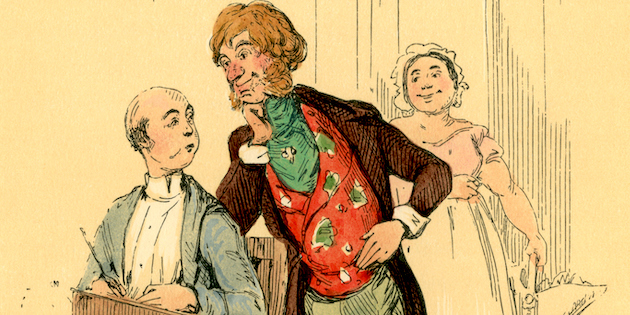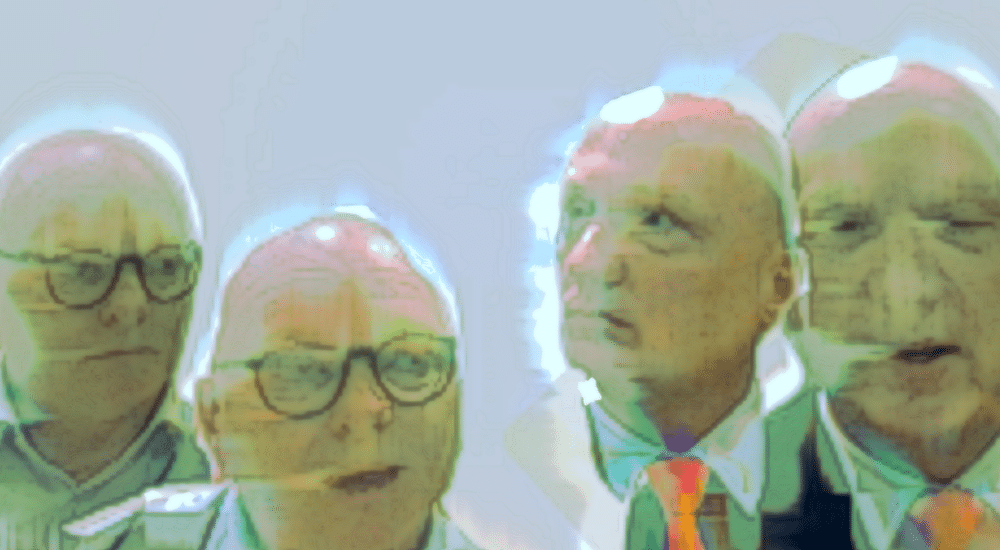Management psychology 4. The art of...TACTFUL CRITICISM
How do you criticise a colleague without hurting their feelings? How do you read their state of mind from their body language? Take some tips:

Misunderstandings, things left unsaid, generalisations, and uncomfortable differences of opinion can unwittingly spring from our words, creating bad vibes that disrupt the workplace. To avoid these traps, certain management techniques can facilitate exchanges and allow you to express criticisms without upsetting your interlocutor. Do you think you have room for improvement?
DESC conflict resolution
“DESC” offers the opportunity for authentic, healthy and effective communication. It helps to resolve conflicts, formulate constructive criticism, and argue calmly. And there are four steps to follow:
• Describe the facts;
• Express your Emotions;
• Suggest Solutions;
• Clarify the Consequences.
Describe the facts
The first step is to present the situation with observable facts. The description should be kept simple, no exaggerating. And, above all, it must be objective. You must therefore clearly distinguish between a judgment (subjective) and a fact (objective). “What makes me say that?”
Express your emotions
Daring to express your emotions gives sincerity to the relationship. Express yourself using “I”. Divulge the emotions and disagreements the situation brings you. But be sure the emotion and the feeling focuses not the person, but their behaviour. “You’re wearing me down” might be replaced with “It’s quite tiring hearing you talk so loudly on the phone to patients”.
Create a positive dynamic
Finally, the third phase, the time to suggest solutions. “How to improve the situation?”, “How do you go about…?”, “What specifically could we do to…? The goal is to explicitly suggest what might change next time in a similar situation. Solutions must be clear and achievable. This means underlining the positive consequences that will be achieved. Project the interlocutor into the future to include them in this new dynamic.
How to react to unjustified criticism?
If, after reading this article, you naturally imagine yourself in the role of the person who issues the criticism, do not forget that you can also be on the receiving end. How do you react? It is all the more complicated if you consider that the criticism is unfounded? Well, we keep our cool and ask for facts. If the other person remains evasive, it is likely that their comment is unfounded. In the case of an unfair remark, too intense a reaction will not serve our cause. The best tactic is to recognise the feelings of the other person while not accepting the blame for a fault that one did not commit: “I understand that you are angry because you had to redo the entire schedule, but the error was not mine. Perhaps you could share your remark with the person who could benefit from it.” Very simple little sentences, but they make all the difference!
In general, the fundamental criterion to take into account when issuing a criticism is the ego. This is the mental identity of a person. The reason we tend to take offence to criticism is precisely because we see it as a personal attack. To formulate a criticism without hurting, you must reduce the impact on the ego of your interlocutor. Weigh the vocabulary you use carefully and avoid any direct criticism of the person. We do not judge, we issue an opinion on an act, not on the person.
Non-verbal communication: the gestures that translate you
Communication happens through language, but also through small revealing gestures. Here is what you need to recognise certain profiles according to their attitudes:
The liars
They will tend to hide their face. The nostrils quiver slightly. They blink faster. Their eyes will fix a point to the right as they search the imagination for elements to invent excuses and fuel the argument. A barely perceptible tremble in the voice can also unmask it.
The honest ones
Conversely, those who express themselves with frankness will lean slightly towards you, head and chest forward in a more relaxed attitude. The legs and arms tend to uncross. A genuine smile passes through the eyes. Behind the mask, the facial expression will be warm.
The confident ones
Standing, they adopt a straight position, facing you, often with hands behind the back. They hold the head high. If seated, they take a three-quarter position to you, legs stretched out, while leaning back slightly.
The aggressive
They frown and hold your gaze, pupils constricted. If there is an object nearby, such as a table, they will grasp it. They slowly but surely invade your personal space (between 30 cm and a meter, depending on the person and the situation).
The ill-at-ease
When your interlocutor is uncomfortable in front of you, they tend to clear their throat more often, avoiding looking at you, and with a nervous, jerky laugh. An embarrassed person looks for avoidance strategies. Steady on their chair, they can tap the table with a finger, play with a pencil, or fiddle with clothing.
Source: Audio Infos UK issue 151 November-December 2022
 Sign in
Sign in

